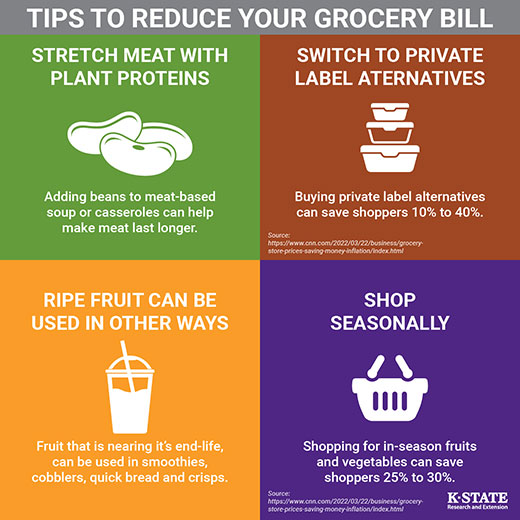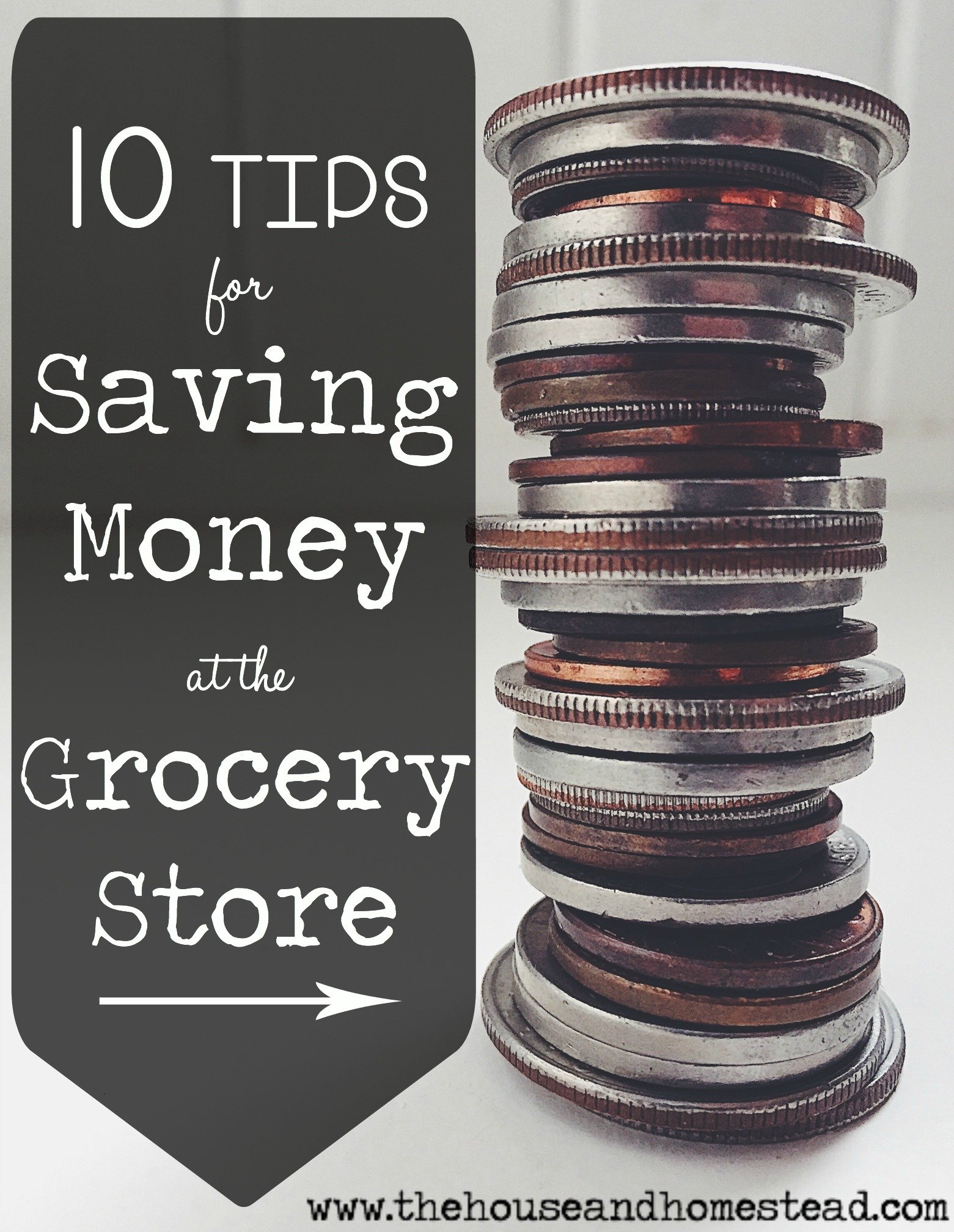10 Ways To Save Money On Groceries
Saving money on groceries doesn’t have to be a daunting task. In “10 Ways To Save Money On Groceries,” you’ll explore practical tips and clever strategies to help you reduce your grocery bill without sacrificing quality or nutrition. From savvy shopping habits to meal planning tricks, this article will equip you with the knowledge you need to maximize your savings while still enjoying delicious and healthy meals. Dive in and discover how a few simple changes can make a big difference for your wallet and your kitchen!
10 Ways To Save Money On Groceries
Have you ever looked at your grocery bill and wondered where all your money went? You’re not alone! Groceries are a significant part of any household budget, but there are many ways you can save money without sacrificing quality or nutrition. Let’s dive into some tips that can help you keep more of your hard-earned cash in your pocket.

1. Plan Your Meals
Benefits of Meal Planning
Meal planning is a game-changer when it comes to saving money on groceries. By planning your meals for the week, you can create a detailed shopping list that prevents impulse buys and reduces food waste. You’ll only buy what you need.
How to Plan Your Meals
- Make a Weekly Menu: Decide what you’ll eat for breakfast, lunch, dinner, and snacks for the entire week.
- Check Your Pantry: Before heading to the store, check what you already have to avoid buying duplicates.
- Create a Shopping List: Write down everything you need for your planned meals. Stick to this list!
2. Buy in Bulk
When Bulk Buying Makes Sense
Bulk buying can save you money, especially on non-perishable goods or items with a long shelf life. Think rice, beans, pasta, canned goods, and toilet paper. However, only buy in bulk if you have the storage space and will use the items before they expire.
Tips for Bulk Buying
- Compare Unit Prices: Check the cost per unit (ounce, pound, etc.) to ensure you’re getting the best deal.
- Storage Solutions: Invest in airtight containers to keep bulk items fresh.
- Split Costs: Consider teaming up with friends or family to share the cost and products.
3. Shop Sales and Use Coupons
Find Discounts and Deals
Sales, coupons, and discount codes can significantly reduce your grocery bill. Most stores offer weekly sales, and many manufacturers provide coupons either online or in local newspapers.
How to Maximize Savings
- Use Store Apps: Many grocery stores have apps that feature exclusive discounts and digital coupons.
- Check Flyers: Review store flyers to find weekly sales and plan your shopping accordingly.
- Combine Coupons and Sales: Maximize your savings by using coupons on sale items. Double-check expiration dates and any store policies on coupon usage.
4. Cook from Scratch
The Financial Benefits of Home Cooking
Even though it might be convenient to buy pre-packaged or ready-to-eat meals, cooking from scratch is usually cheaper and healthier. You’re in control of the ingredients, and you can make larger portions that last for several meals.
Getting Started
- Essential Ingredients: Keep basic ingredients like flour, sugar, and spices in your pantry. These can be used for a variety of dishes.
- Simple Recipes: Start with easy recipes that require minimal ingredients and effort. Gradually, you can experiment with more complex dishes.
- Batch Cooking: Cook larger portions and freeze leftover for future meals. It’s always nice to have a homemade meal ready to go!

5. Shop at Discount Grocery Stores
Look for Low-Cost Alternatives
Discount grocery stores and warehouse clubs offer lower prices compared to traditional grocery stores. Aldi, Lidl, and Costco are popular choices for budget-conscious shoppers.
Tips for Shopping Smart
- Know What to Buy: Discount stores are great for staples like canned goods, snacks, and cleaning supplies. However, quality may vary for fresh produce and meats.
- Membership Savings: Some stores require a membership fee but often offer bulk items at a lower price, offsetting the initial cost.
6. Buy Seasonal Produce
Why Seasonal Produce is Cheaper
Seasonal fruits and vegetables are typically less expensive because they are abundant and don’t require long-distance shipping.
How to Shop Seasonally
- Know What’s in Season: Research what produce is in season before your shopping trip.
- Visit Farmers’ Markets: These local markets often have fresher produce at lower prices.
- Freeze or Preserve: If you find a good deal on seasonal produce, buy extra and freeze or can it for future use.
| Season | Produce |
|---|---|
| Spring | Asparagus, strawberries |
| Summer | Watermelon, tomatoes |
| Fall | Apples, pumpkins |
| Winter | Citrus fruits, root vegetables |

7. Reduce Food Waste
The Importance of Reducing Waste
Throwing away food is like throwing away money. By reducing food waste, you can save a significant amount on your grocery bill.
Practical Steps to Reduce Waste
- First In, First Out (FIFO): Use older items before newer ones to avoid spoilage.
- Proper Storage: Store food correctly to extend its shelf life. For example, keep vegetables in the crisper drawer and store bread in the fridge.
- Leftover Night: Designate one night a week to eating leftovers. This ensures food doesn’t go to waste and gives you a break from cooking.
8. Choose Generic Brands
The Savings on Generic Brands
Generic or store brands are often just as good as name-brand products and come at a fraction of the cost. Most of the time, these items are produced in the same facilities as their branded counterparts.
How to Make the Switch
- Try It Out: Start by replacing one or two items to see if you notice a difference. Cereal, pasta, and canned goods are excellent places to start.
- Read Labels: Compare the ingredients list to ensure you’re getting a similar product.
- Taste Test: Hold a blind taste test for fun to see if you and your family can tell the difference between generic and name-brand items.

9. Utilize Cashback and Rewards Programs
Benefits of Using Cashback Programs
Cashback and rewards programs can provide additional savings on groceries. Many credit cards offer cashback on grocery purchases, and some apps provide rewards for shopping at certain stores.
Getting Started with Cashback
- Choose the Right Card: Look for credit cards that offer the highest cashback percentage on groceries.
- Use Cashback Apps: Apps like Ibotta, Checkout 51, and Rakuten offer cashback on everyday purchases. Simply scan your receipt after shopping.
- Join Store Loyalty Programs: Many grocery stores have loyalty programs that offer member-specific discounts and rewards.
10. Grow Your Own Food
Why Growing Your Own Food Saves Money
Starting a home garden is a cost-effective way to supplement your grocery shopping. Seeds and starter plants are inexpensive compared to store-bought produce.
Getting Started with Gardening
- Start Small: Begin with easy-to-grow plants like herbs, tomatoes, or lettuce.
- Use Containers: If space is limited, use containers for your plants. These can be placed on balconies, patios, or windowsills.
- Learn from Resources: Take advantage of free online resources or local gardening clubs for tips and advice.
Costs and Savings
| Item | Store-Bought Price | Home-Grown Cost | Savings |
|---|---|---|---|
| Tomatoes | $3.99/lb | $0.50/seed | High |
| Basil | $2.50/bunch | $1.00/plant | Medium |
| Lettuce | $1.50/head | $0.30/seed | High |
By incorporating these ten strategies into your shopping habits, you’ll find that saving money on groceries is not only about cutting costs but also about making smarter choices. Take it step by step, and soon you’ll be a pro at keeping your grocery bill low without compromising on quality or nutrition. Happy shopping!

